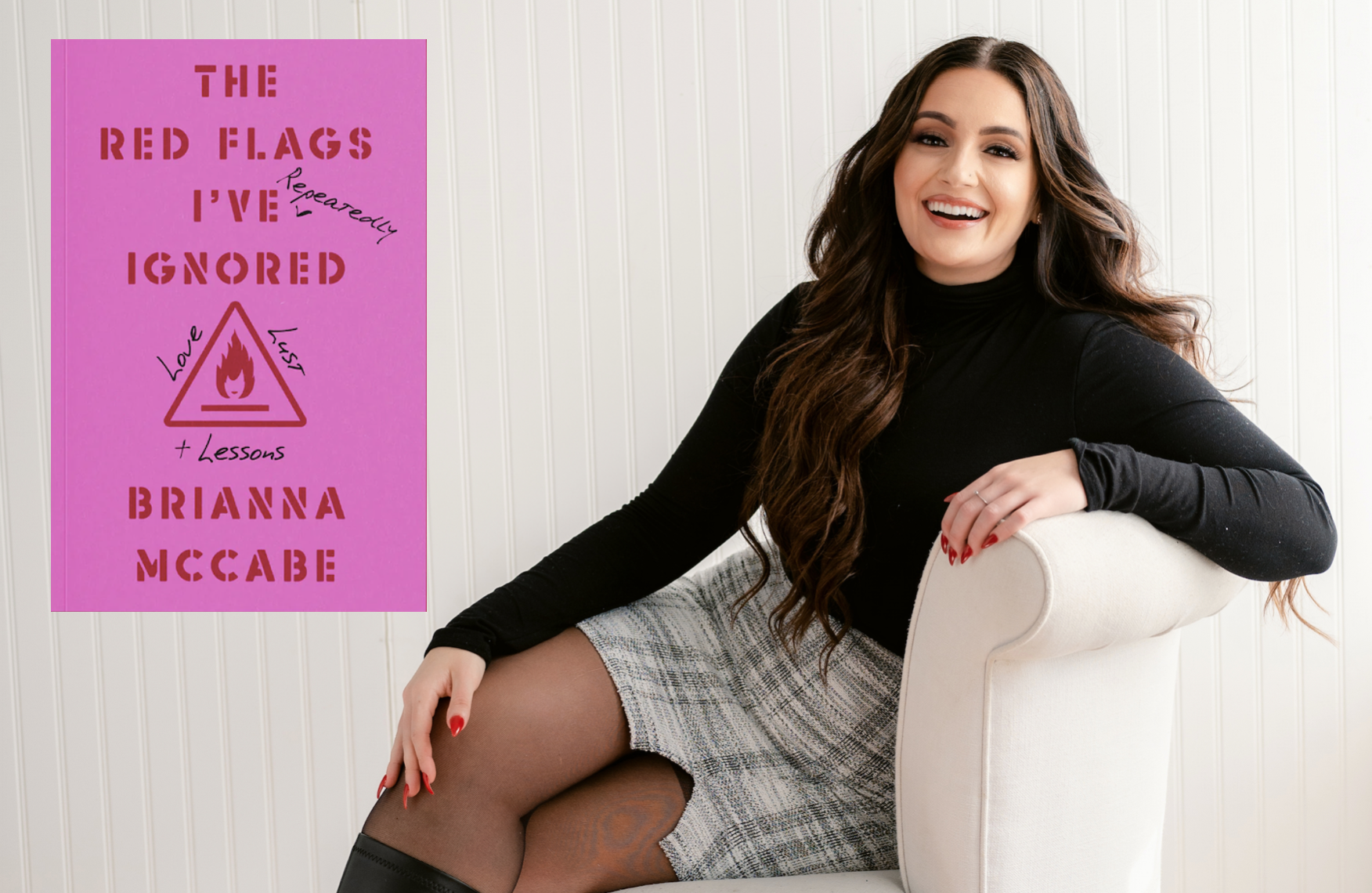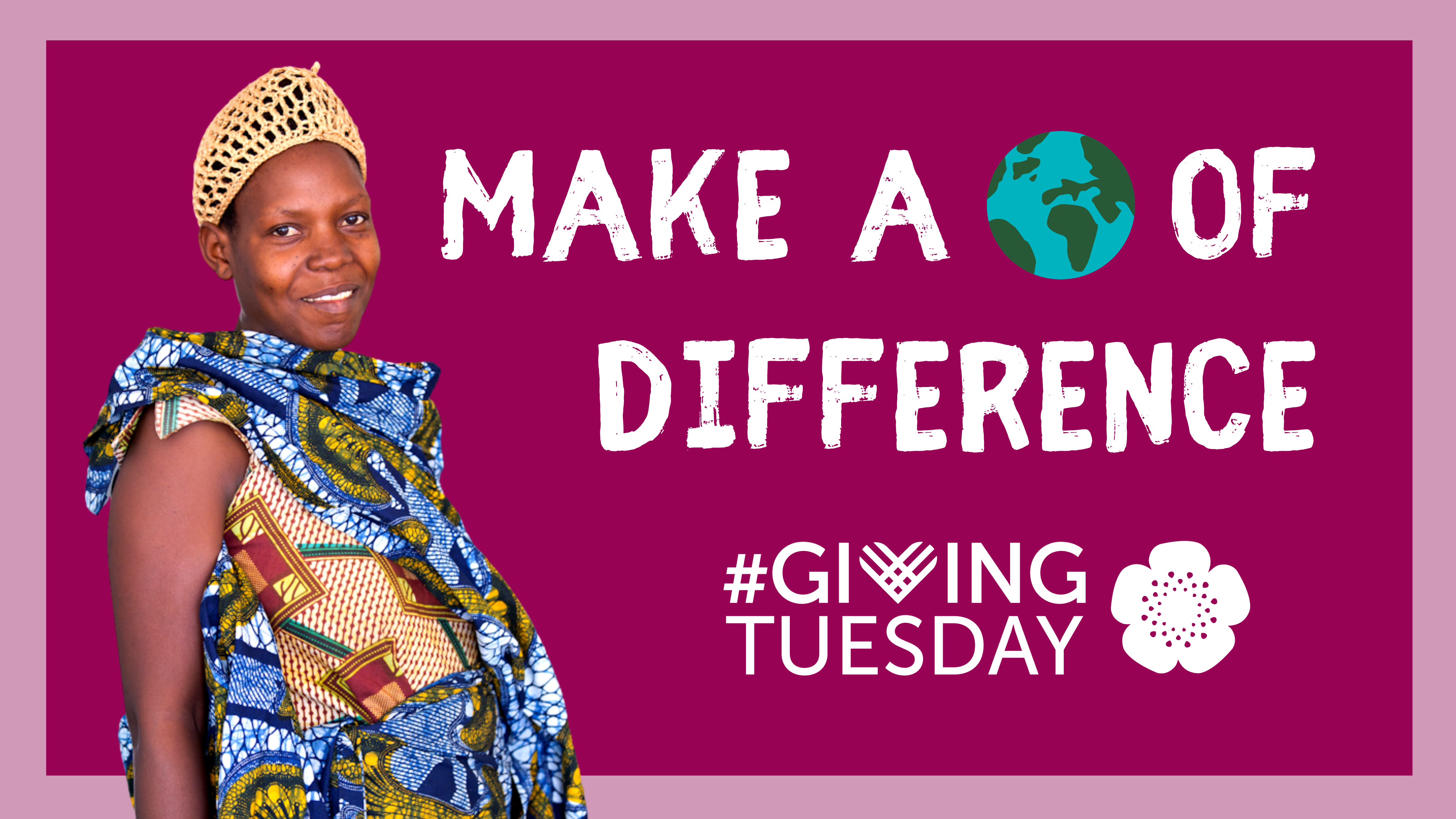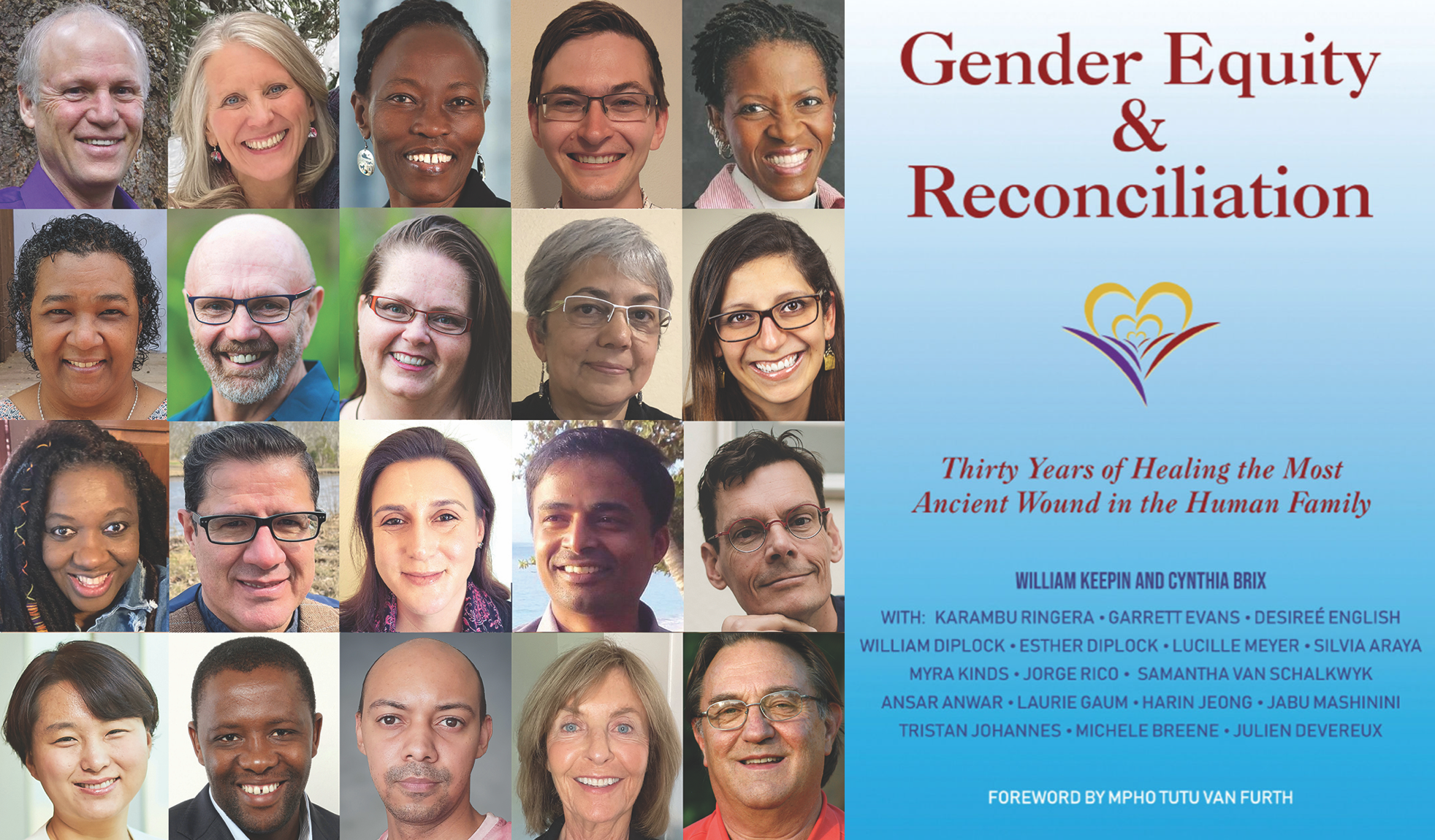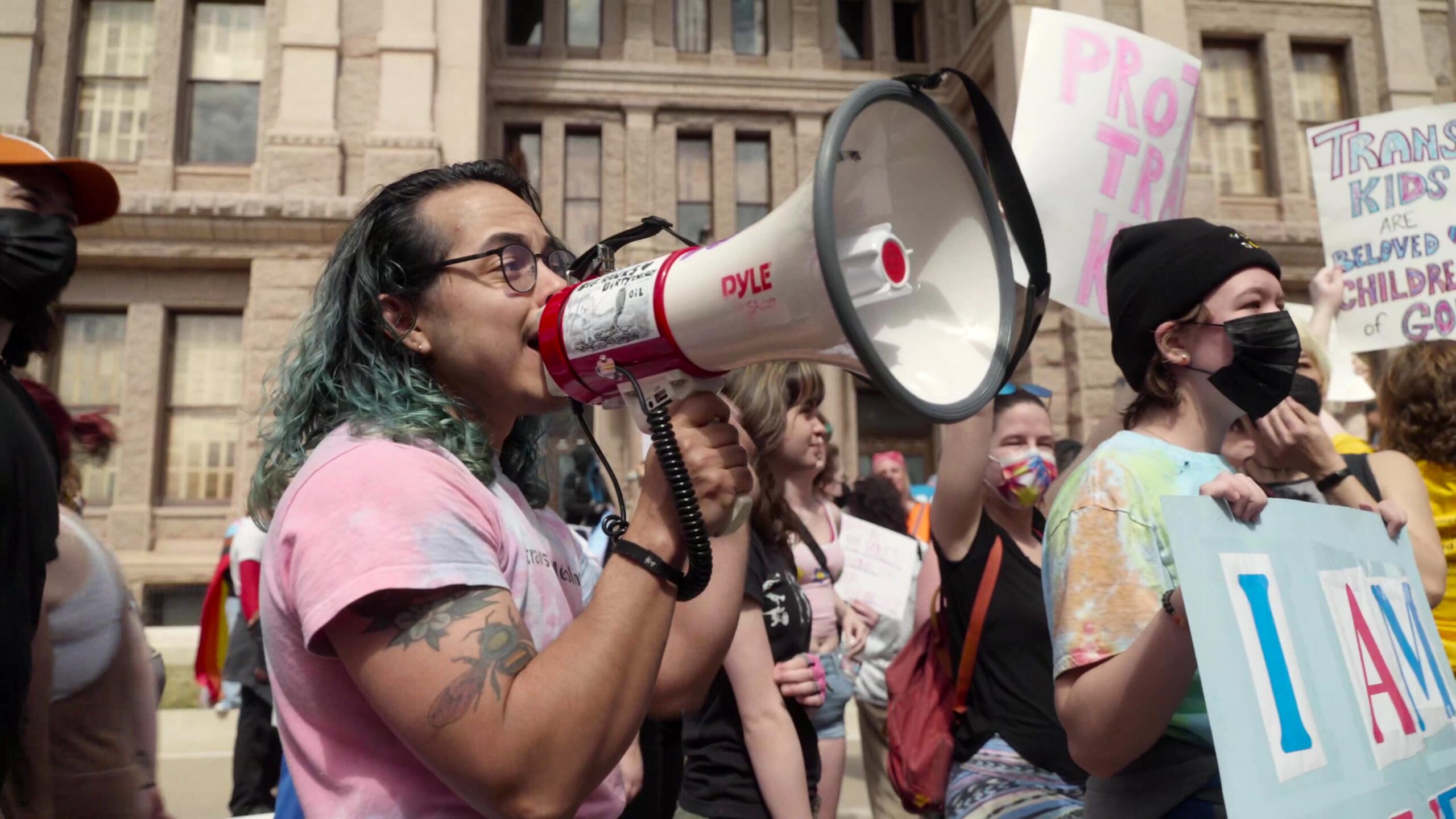
The fight for reproductive freedom and climate justice is more urgent than ever, especially if we hope to see a future where everyone has the chance to thrive. There are important lessons we can learn from recent history and the way people-led movements are creating lasting, impactful change when it comes to environmental activism.
Putting families and family-planning at the center of the climate conversation is something Rhode Island State Senator Meghan Elizabeth Kallman and Chicago-based writer, illustrator and Yoga instructor Josephine Ferorelli have spent a decade working on, with their organization Conceivable Future. They founded the organization in 2014 to recognize that environmental collapse is now a major factor in family planning. They wanted to start a national conversation about the climate crisis and its effects on all our reproductive lives.
Now, they are set to put the last ten years of their organizing into a book called ‘Conceivable Future: Planning Families and Taking Action in the Age of Climate Change’ (Rowman & Littlefield), to be released on February 6, 2024. This new book explores the ways in which the erosion of our planet impacts our personal decisions about family planning, parenting, and political action. ‘Conceivable Future’ offers fresh, timely insights to questions such as: How do I decide to have a baby when there’s the threat of environmental collapse? How do I parent a child in the middle of the climate crisis? What can I actually do to help stop global warming?
Kallman, a sociologist and Rhode Island State Senator representing Rhode Island District 15, and Ferorelli, an activist and writer, offer both informed perspective and practical steps for taking meaningful action in combating the climate crisis, while also making smart, balanced decisions when it comes to starting and maintaining a family.
Below is an exclusive excerpt from ‘Conceivable Future’ Chapter 4, which we were lucky enough to publish with permission. It examines the intersectionality of this issue, forcing us to grapple with the fact that people of color are often not elevated or celebrated for their movement building in the same way white, Cisgender men are.
We hope it will inspire you to get involved in the ongoing fight however you can, as well as examine the ways in which unconscious bias and media narratives can skew the perception of urgent issues such as climate justice and reproductive rights.
Chapter 4
Environmental collapse is now a major factor in family planning. We began organizing with the understanding that rising temperatures make every decision that surrounds parenthood more difficult. We also observed that what few connections people were drawing between the climate crisis and reproduction were too rigid, too scolding, and pointed the blame in utterly the wrong direction.
There are enough external forces that want to decide for young people what our bodies “should”—and “should not”—do. To us, the generative move was to make a place where people could think, listen, and talk without fear of judgment, censure, or bossing. We built Conceivable Future out of that vision. Only in this kind of shared space are people able to start distinguishing—for ourselves—between our own desires and fears, the conditioning and pressures we’ve experienced, and the realities that surround us all and shape our options.
Reproduction was our entry point for organizing because it was an issue in our hearts, and affecting us, as women, differently than our partners, who were mostly men. We were thirty when we met, and the world’s gender-based and sex-based expectations were pressing down on us, as they do most women. But sex-and-gender-based movements, as effective as they can be, can reinforce very specific messages about who women are, and about the essential and valuable parts of our identities.
On both of our minds when we met was how the climate movement reflected an individual celebrity culture of middle-class white men. Much has changed in the last decade, especially since the Standing Rock Encampment, the Sunrise Movement, and the advent of School Strikes, but at the time the public faces of climate activism were Al Gore, Jim Hansen, Bill McKibben, and Leonardo DiCaprio.
We were confused and annoyed by the fantasy that activists are lone wolf heroes who lead the masses by themselves, because we knew from both history and personal experience that all successful activism is collective. And much of the unheralded work is done by women and by people of color.
In late 2013, Meghan had witnessed her dear friend Jay O’Hara block a coal-carrier ship from entering its port in an act of civil disobedience. Jay and Ken Ward anchored their lobster boat in front of the Brayton Point Coal Plant on the Massachusetts coast, in the path of the oncoming Energy Enterprise, announcing that they wouldn’t move. The Brayton Point power station was, at the time, the single largest source of carbon pollution in New England.
Media emphasized the smallness of their vessel, the heroic conviction of the two men. Over the course of a few months, the narrative built—the tiny climate heroes fought Goliath. During the trial it became obvious that gender was a key factor in the action’s success, and in a final twist, the prosecutor dropped the charges.
As an inside observer, Meghan had a clear view of both the myth and the reality of the action. The reality included a planning and support team preceding, following, and during the action itself—including fundraising, lawyers, and extensive planning. It also included privilege—that invisible support—that led to the action’s positive perception: the individualist white-guy myth that got reinforced. The press’s language conjured visions of hardy, principled John Waynes at sea. But when we look at other examples of direct action where the public actors are women and/or people of color, we see very different myths emerging.
Perhaps the most famous American woman who had engaged in direct environmental action by that time was Julia “Butterfly” Hill, who spent two years occupying the crown of a 200-foot-tall redwood tree. While she was clearly hardy and principled, she was often characterized as cute but kooky: of no real consequence. Her whiteness, and conventionally attractive appearance, brought mainstream attention to the action, but also served to discredit its seriousness.
At the same time, one of the most effective climate campaigns was being led by Rosa Hilda Ramos, in Cataño, Puerto Rico, to protect marshlands and sue polluting industries. Her organization, CUCCo (Comunidades Unidas Contra la Contaminación), won major victories, including a lawsuit against the US federal government, and she was recognized with a Goldman Environmental prize in 2008. But despite this organizing success, neither she nor the organization were household names in the early 2010s.
It seemed clear that the lobster boat action would have unfolded very differently had it been anyone other than two white men on board. It also seemed clear that the individualist myth erased the reality of group effort. Watching that trial posed certain questions: If two women on a lobster boat wouldn’t be greeted as heroes but rather patronized or simply ignored, what does women-led climate action look like? And what can activism be other than individualistic and celebrity-focused?
This questioning is part of what led us to organize. And we’ve learned that this bind is characteristic of feminist organizing. On the one hand, women’s experiences—our responsibilities, our physicality, and the social expectations that are held of us—are often different from those of men. For example, women are more likely to take time off during disruptions of childcare arrangements than men, and women do, on average, fifty minutes more housework per day in the US, not counting childcare responsibilities.
Droughts disproportionately affect women worldwide, as the responsibilities of water provision fall largely upon women, affecting health, free time, and access to education. Women and femmes are disproportionately victimized by sexual violence. Recognizing these differences, and how they matter, is the basis for much feminist work over the years.
On the other hand, there is tremendous variation within women’s experiences. Feminism faces the persistent challenge of keeping ourselves from becoming essentialist, reductionist, or exclusionary by defining our experiences too narrowly.
For instance, although the gender pay gap in the US remains a defining factor for many women’s lives, that gap varies by race: Asian women make, on average, 90 percent of what white men do; white women 79 percent, Black women 62 percent, and Hispanic women 54 percent; women don’t all experience the pay gap in the same way. Those of us who are cisgender are at lesser risk of sexual violence than our transgender sisters. Women are not a monolithic group.
We knew when we began Conceivable Future that any conversation about family planning was apt to be a trigger point in a highly polarized climate. And trigger points can indicate painful rifts as well as pathways to healing. Alt-right news sources called us names. We declined to go on Tucker Carlson Tonight (twice).
We made—and held—a nonjudgmental, non-prescriptive space for people’s real, varied experiences. As an organization, we helped nudge this conversation into the mainstream, even if it missed a lot of nuance. Now that we’ve had the opportunity to write a book, we can share much-needed nuance as well.
Pre-order a copy of ‘Conceivable Future’ HERE and learn more about the organization via the website.

















